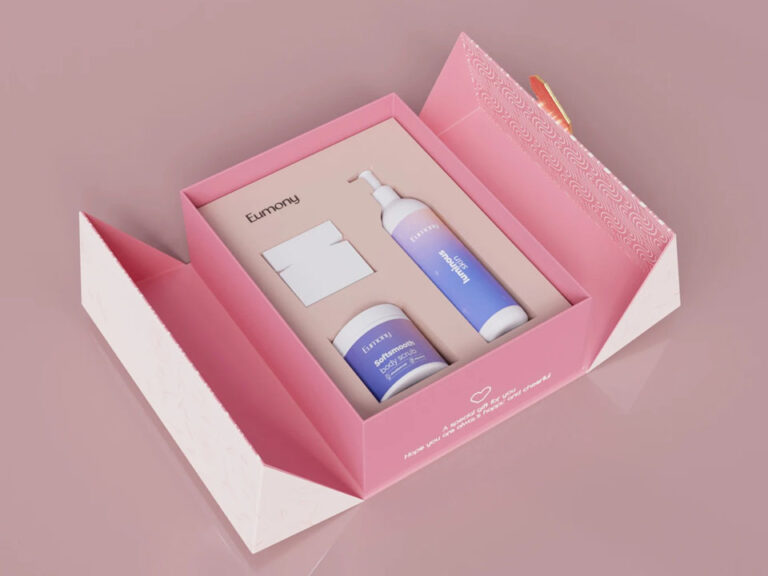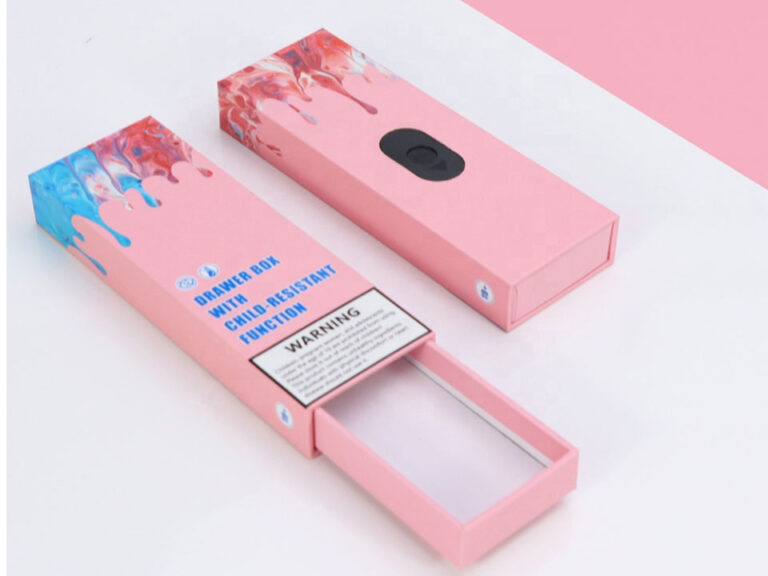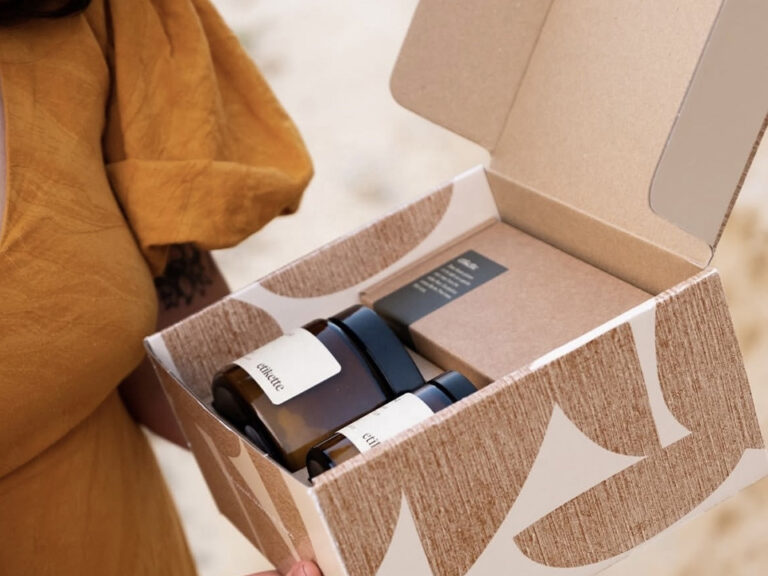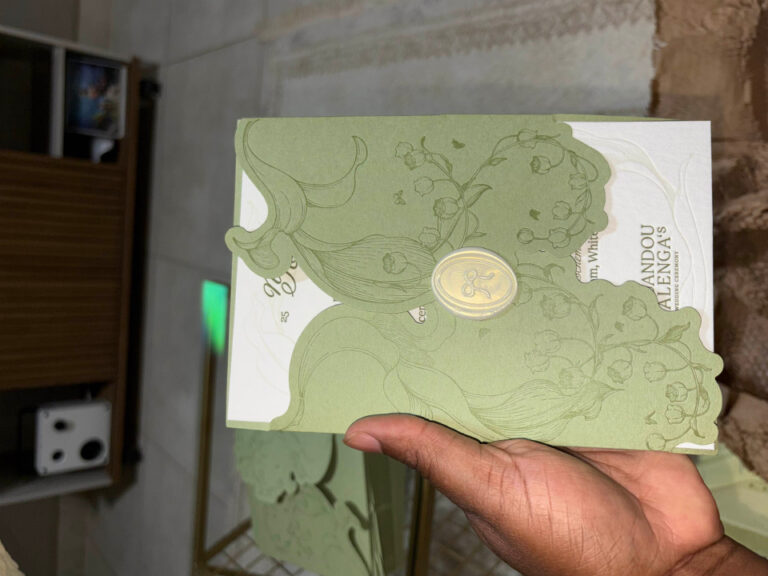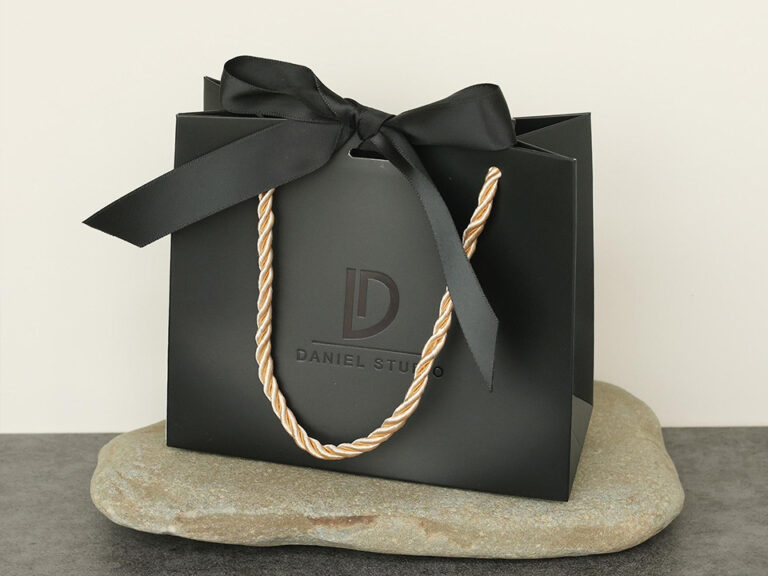クラフト紙包装について知る方法
もしクラフト紙が話せるとしたら、こう言うだろう:“私はタフで、地球に優しく(主に)、きれいに掃除します”。私たちが包装に求めるのと同じエネルギーでしょう?
目次
What Is Kraft Paper, Really?
Kraft paper is a fiber-based material made by a pulping process that keeps fibers long and strong. That’s why it resists tears, scuffs, and those “sad crushed corners” we all hate. Uncoated kraft breathes a bit, feels natural in hand, and shows off texture that ink can’t fully hide (that’s a good thing for brand vibe). It is widely recyclable in most regions and can include recycled content or use virgin fiber for extra strength.
Tiny human honesty: kraft isn’t magical-waterproof. Moisture and oil can mark it unless you add the right barrier or liner. But for many products, it’s the sweet spot between sturdy performance and an earthy, modern look.
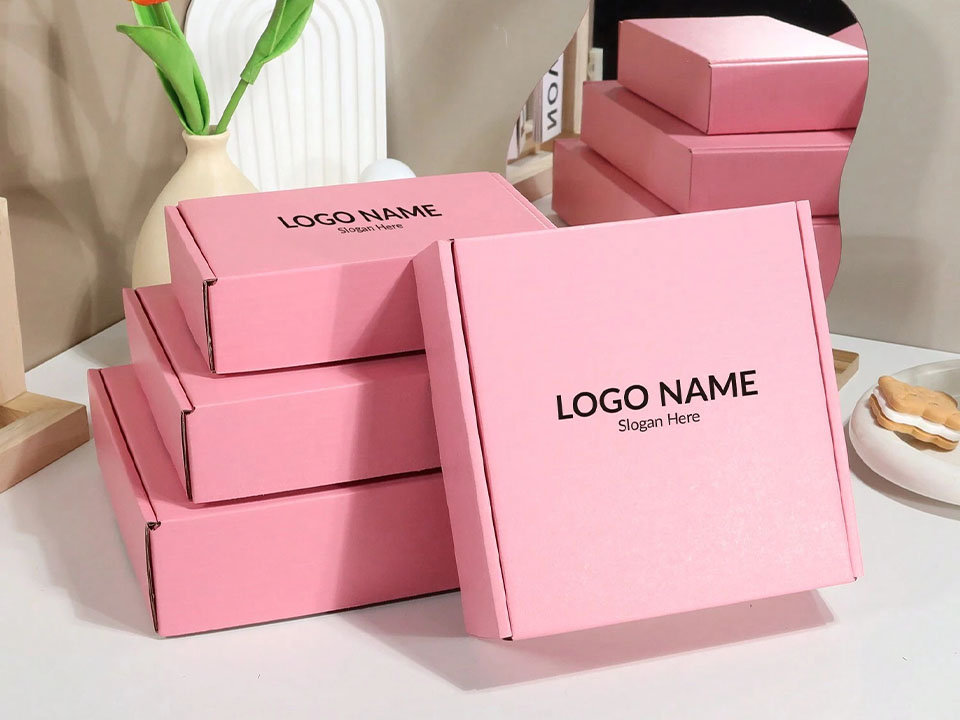
Why Brands Choose Kraft
- Strength-to-weight feel: Long fibers = better puncture resistance and fewer split edges during shipping.
- Natural storytelling: The brown tone signals “eco” without saying a word.
- Printability: You can print clean lines, add foil or spot UV, and still show fiber texture.
- System fit: Works for cartons, mailers, sleeves, tubes, bags, rigid boxes, and inserts.
Where kraft struggles a bit:
- Humidity & rain: uncoated sheets can curl or spot; coated/laminated options fight back.
- Greasy or wet contents: oil halos happen; use grease-resistant liners or multi-layer pouches.
- Ultra long shelf-life foods: you’ll want barriers beyond plain paper.
Virgin vs. Recycled Kraft
- Virgin kraft: cleaner base and extra toughness; ideal for heavy or sharp-edged goods and premium rigid sets.
- Recycled kraft: solid strength for most retail cartons and mailers, plus a circularity story customers like.
- Blends: very common—balance performance, aesthetics, and sustainability claims.
Real talk: over-spec’ing is a thing. Don’t pick a tank when a bike does the job.
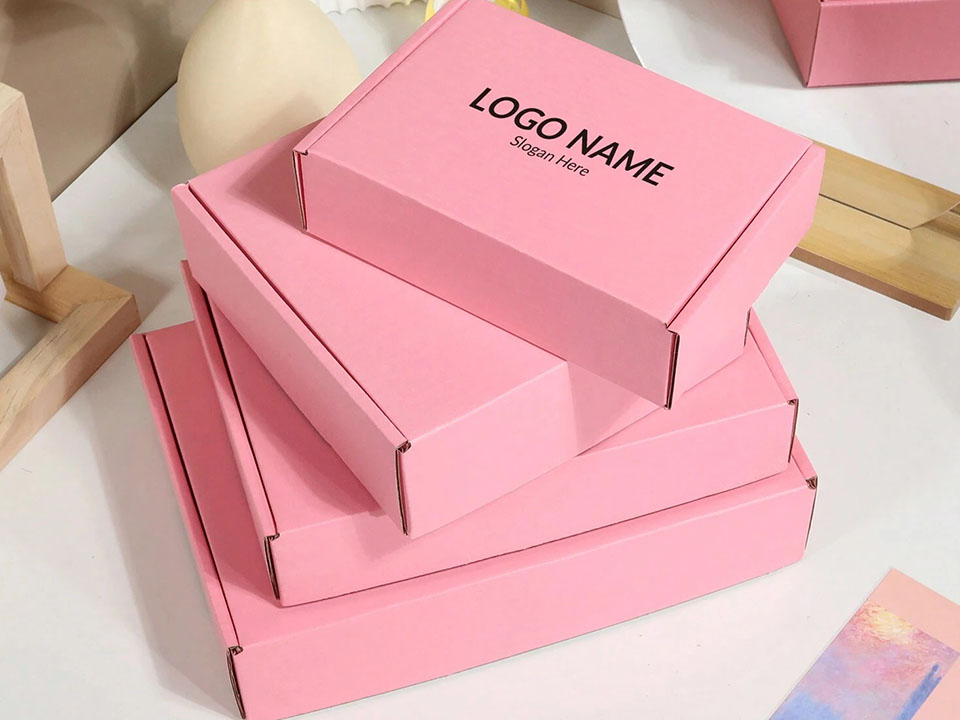
Popular Use Cases You’ll Actually See
- Tea, coffee, and dry snacks: paper tubes or folding cartons with optional food-grade liners. See 紙管包装 for that classic café look.
- Flowers & gifting: kraft wraps + ribbons = warm, cozy, artisanal mood. Explore クラフト紙ギフトボックス when bouquets need a sturdy companion.
- エレクトロニクス&ガジェット sleeves, trays, and rigid outers cushioned inside—peek 電子ボックス for structural ideas.
- Apparel & DTC shipping: branded outers, inner wraps, and kraft mailers—browse プリント段ボール箱 for shippable style.
- Retail ready packs: sleeves and tuck boxes that assemble quick; look at 折り畳みカートン.
- Grab-and-go retail: natural 紙袋 pair nice with minimalist logos.
And yes—our ホームページ is where you can see the full spread and get ideas fast.
What Reddit & Quora Folks Keep Saying
- “Humidity makes paper misbehave.” Users note seasonal curl or looser adhesive bonds if blanks are stored near open doors or in damp rooms. Keep materials in stable climate; it helps a lot.
- “Some zipper pouches tear weird at the zipper line.” That’s usually a converting/adhesive spec issue—fixable with better heat/pressure settings and QC, not a kraft-fiber problem per se.
- “Kraft mailers ain’t waterproof.” Correct. People add inner liners or select coated kraft in rainy regions.
- “Crumpled kraft void fill performs nice.” Packers like how it conforms and stays put, reducing product rattle.
These are not lab myths; they’re daily hands-on notes. Packaging is a system: paper, adhesive, storage, climate, and handling all dance together (sometimes clumsy).
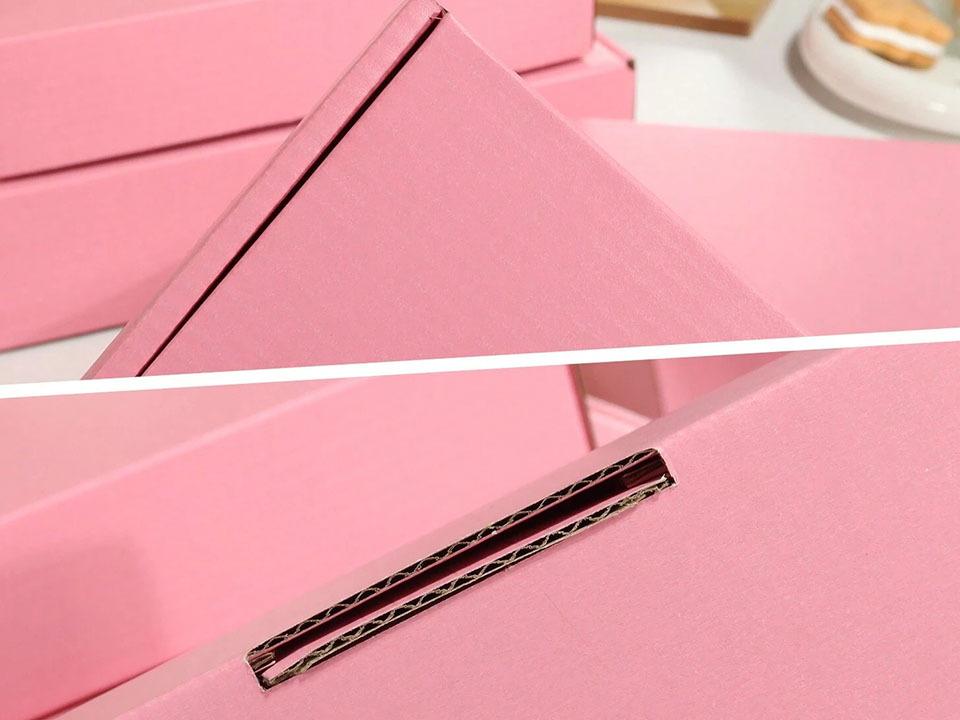
How To Choose the Right Kraft
1) Define the product + risk
- Dry & light (tea tins, candles, small apparel) → uncoated or lightly coated kraft cartons or rigid boxes.
- Oily or moist (baked goods, skincare oils) → add grease/moisture barriers or a food-safe liner.
- Heavy/pointy (glass sets, tools) → stronger grade, virgin or blend; consider corrugated inners.
2) Decide the sustainability story
- Recycled content for circularity cred.
- Virgin fiber when performance demands; still specify responsible sourcing.
- Keep ink coverage modest—let the paper feel breathe.
3) Prototype like you mean it
- Do small pilots under リアル ship routes and climates.
- Test drop/edge crush, tape adhesion, peel strength for pouches, and scuffing on print.
- Record little fails (oil halo, corner crush) and tweak once—save headaches later.
Design Moves That Make Kraft Look Premium
- Contrast finishes: matte kraft with a small hot foil or spot UV—boom, instant shelf pop.
- Smart structures: slide drawers, shoulder-neck lids, or tubes with tight end caps add theater.
- Texture play: ribbed or textured kraft stocks feel artisanal even with minimal print.
- White & metallic inks: use white underlay for bright colors, or lean into the brown for natural vibe.
- Photography & unboxing: soft natural light, real props (wood, linen), and a guided unbox moment.
If you need production help dialing finishes or dielines, peek 印刷サービス.
Mini-Guide: Questions People Search
Is kraft paper food-safe? Yes—when it’s food-grade. Not every sheet is approved for direct contact. Ask for the right certification and choose grease/moisture barriers when the food needs them.
Will kraft survive rain? Plain kraft, not really. For wet-weather couriers, choose coated/laminated kraft or add an inner liner/pouch. It do help a lot.
Which is better: virgin or recycled kraft? Depends on your product risk and brand story. Virgin = max strength and cleaner print base; recycled = strong enough for many items and better circularity signal. Lots of teams pick blends.
Can I print white on kraft? Yep. White ink (or white underlay) keeps colors bright. Without it, inks read warmer and more muted—sometimes that’s the goal.
How do I stop oil stains on boxes? Use grease-resistant liners/coatings and test with your actual product over time and temperature swings. Boring, but it works.
Internal Resources To Explore Next
- Category overview: ペーパーギフトボックス
- Natural look ideas: クラフト紙ギフトボックス
- Ship-ready solutions: プリント段ボール箱
- Shelf-friendly cartons: 折り畳みカートン
- Retail & events: 紙袋
- For tubes & coffee/tea: 紙管包装
- Tech & gadgets: 電子ボックス
- Prepress & finishing help: 印刷サービス
- Start at the source: ホームページ






